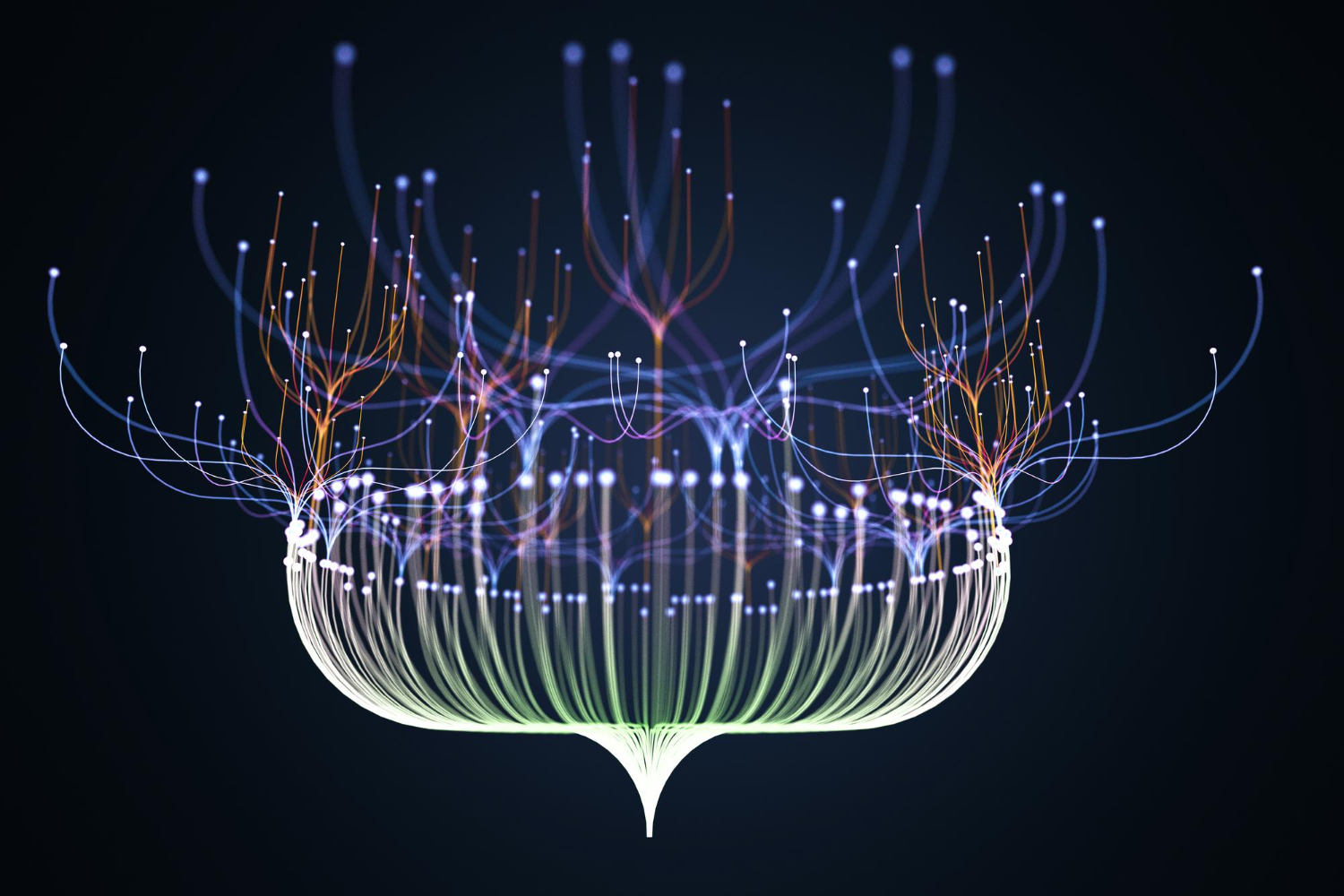Generative AI
Generative AI
Generative AI refers to a type of artificial intelligence that focuses on generating new data, such as text, images, music, and more. This is achieved through machine learning algorithms that are trained on large datasets and then used to generate new, similar data.
One well-known example of generative AI is Generative Adversarial Networks (GANs), which are a type of neural network that involves two separate models, one that generates data and another that evaluates it. The generator creates new data, and the evaluator judges its authenticity. The generator then uses feedback from the evaluator to improve its output, creating a “generative adversarial” process.
Generative AI has numerous applications, including image synthesis, style transfer, text generation, and data augmentation. It can also be used in areas such as art, entertainment, and marketing to generate new content or to automate certain tasks.
However, it’s important to note that the results generated by generative AI can sometimes contain biases and inaccuracies, so it’s crucial to thoroughly evaluate and verify the generated data before using it for any practical applications.
Generative AI pro and cons
Generative AI has both potential benefits and drawbacks. Some of the pros include:
Creativity: Generative AI can be used to create new and unique content, such as music, images, and text, which can lead to new forms of expression and creativity.
Efficiency: Generative AI can automate tedious or time-consuming tasks, such as data augmentation, which can save time and resources.
Improved decision-making: Generative AI can be used to generate new data that can be used to train other machine learning models, leading to improved decision-making in areas such as healthcare and finance.
Diversity: Generative AI can generate data that is diverse and representative of different perspectives, which can be beneficial in areas such as advertising and media.
However, there are also some cons to consider:
Bias: Generative AI models can perpetuate and amplify existing biases in the data they are trained on. This can lead to unfair or biased results in areas such as hiring and lending.
Quality: The quality of the generated data can be low, and it may not always meet the desired standards.
Misuse: Generative AI can be used for malicious purposes, such as generating fake news or impersonating individuals online.
Regulation: There is a lack of regulation around the use of generative AI, and it is unclear how to ensure accountability for its outputs.
It’s important to weigh the potential benefits and drawbacks of generative AI and to use it responsibly, with appropriate safeguards and ethical considerations in place.







